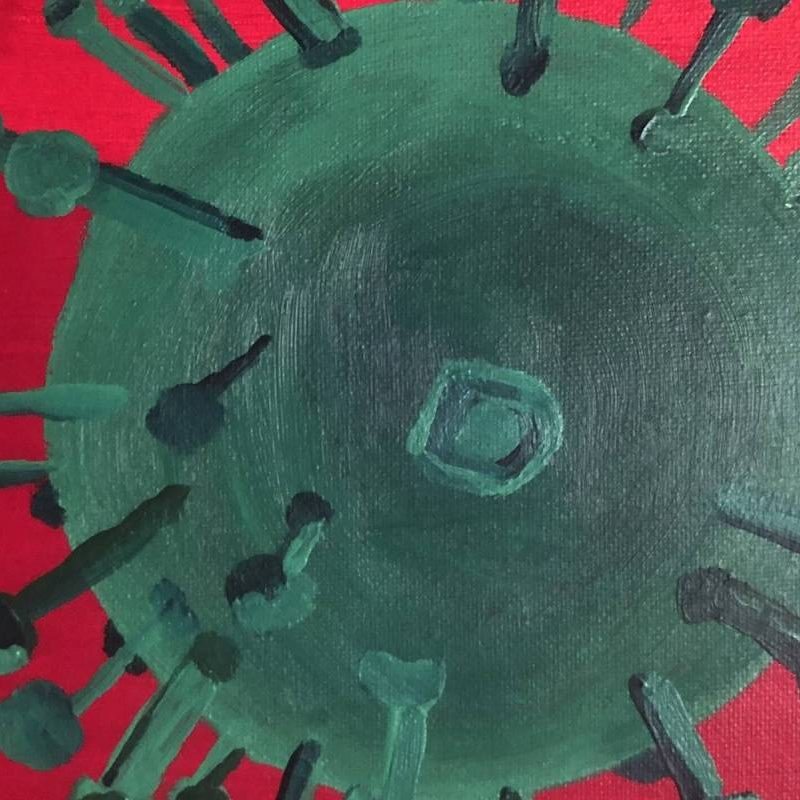Spring Webinar Series Begins!

On Thursday, 19 January, at 1600 CET, Taylor P. van Doren, Sitka Sound Science Center, will present: “Risk perception, resilience, and future population health challenges due to COVID-19 in Southeast Alaska.”
It has been broadly observed that Indigenous communities worldwide suffer greater negative outcomes than non-Indigenous populations in the same region, but there has not been a lot of work to elevate the experiences of experiencing a pandemic from the perspective of Indigenous people themselves. Over the course of the first year of the COVID-19 pandemic, the Sitka Sound Science Center and its collaborators, the Central Council of Tlingit & Haida Indian Tribes of Alaska and the RAND Corporation, collected 22 in-depth interviews with Alaska Native individuals from three island communities in Southeast Alaska to better understand how these people (and their towns) perceived the risks of the COVID-19 pandemic and how they leaned on culturally-grounded, community-centered behaviors to mitigate those risks and display considerable resilience in the face of the pandemic threat. Through additional original data sources gathered during the course of the pandemic, I will explore some of the quantitative data that supports the ethnographic research, and think about paths forward for community-centered pandemic research in rural Southeast Alaska to expand our knowledge of how people experience pandemics.
Contact jessicad@oslomet.no for a link.








